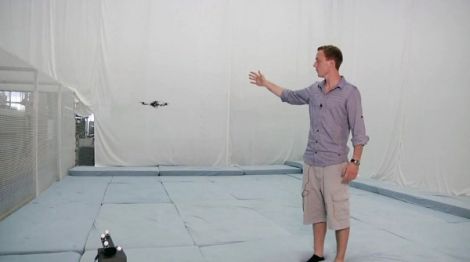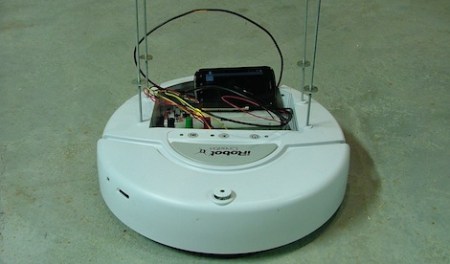It’s a bird! It’s a plane! It’s….
A flying RC super hero?
No, you’re not imagining things. Maker [Greg Tanous] loves both RC airplanes and super heroes, so he thought it would be awesome to combine his two loves into one spectacular toy. The RCSuperhero comes in two flavors, measuring 75″ and 57″ tall. The larger plane can be purchased as a kit, but the smaller unit is only available in plan form.
The flying superhero weighs in at just about three pounds, and is constructed from foam, carbon fiber, and various other lightweight materials. When using the recommended motor, the RCSuperhero can be launched from a standing position, doing away with the need for runways. The craft looks to be just as maneuverable as any regular RC airplane, making it easy for any seasoned pilot to pick up the controls and get started.
RC planes are pretty cool, but we’ve got to admit that the idea of a vertically launching, flying superhero sounds like a lot of fun!
Stick around to see [Greg’s] RCSuperhero in action.
Continue reading “Take To The Skies With This Flying RC Superhero”
















